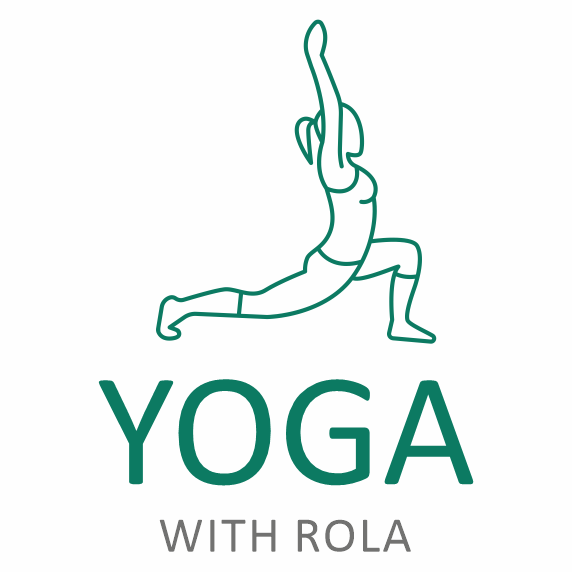As a different January unfolds, one marked by lockdowns, economic recessions and social distancing in much of the world, one thing remains familiar: an abundance of messages and promotions for starting the new year with a focus on health and wellness. While the intention is great, and it’s never too late for new beginnings, the focus on commercializing a superficial understanding of wellness — based on crash diets or hard impact physical workouts promising a “new you” — often falls short of expectations, creating disappointments, long-term health setbacks and a missed opportunity to embrace the full meaning of well-being.
Wellness defined
The Global Wellness Institute (GWI) defines wellness as the “active pursuit of activities, choices and lifestyles that lead to a state of holistic health.” The wellness economy, as per GWI, is estimated at $4.5 trillion, roughly 5.3 percent of global economic output in 2017, and includes more than ten industries, including food, personal care, real estate and travel, all promoting “wellness activities and lifestyles.”
The wellness movement began its rapid growth since 2010, with hotels and spas helping drive the trend. However, the true meaning of wellness has been lost along the way. In the age of social media and Instagram influencers, a more superficial aesthetic concept of wellness, and happiness in general, has gone mainstream.
Largely inaccessible and unrealistic, this superficial understanding and longing for wellness typically peaks around the new year as various brands and communication platforms promote aspirational, but mostly unattainable, images of smiling, healthy looking people in idyllic settings.
Wellness in ancient traditions
Particularly after a year like 2020, reflecting on the history of wellness provides an appreciation of the wisdom of some of ancient traditions related to the concept.
Ayurveda, which originated in India more than 5,000 years ago, provides an early holistic understanding of well-being by presenting health in terms of a system that strives to create harmony between body, mind and spirit. Ayurvedic treatments also respect individual differences with the goal of maintaining a sense of balance and harmony that prevents illness, provide guidance regarding food and lifestyle so that healthy people can stay healthy and those suffering can improve their health. Yoga, which in Sanskrit means yoke or union, is part the tradition.
Around the same time, Traditional Chinese Medicine, influenced by the philosophies of Taoism and Buddhism, began applying a holistic perspective of harmony and balance to health and wellness. Various holistic treatments such as acupuncture, herbal Chinese medicine, Qi Gong and Tai Chi, continue to be practiced today throughout the world
In ancient Greece, physician Hippocrates focused on preventing sickness instead of simply treating disease, propagating the idea that disease is a product of diet, lifestyle and environmental factors. During the Roman Empire, which began around 800 B.C. and existed for around 1,200 years, the ancient Romans medicine reinforced the Greek belief that illness was a product of diet and lifestyle, and were firm believers in public health and disease prevention.
Stoicism is an ancient Greco-Roman philosophy founded around 400 BC in Athens. It offers an approach to mental wellbeing focused on emotional restraint and an overall orientation towards meaning in life. One of the key tenets of Stoicism for living a “good life” is to develop the ability to take a step back from our emotions and cultivate a mental state based on virtue and being rational. The ideal life is described as one that is in harmony with nature, of which we are all part, and an attitude of calm detachment towards external events.
Yoga as a framework for a wider definition of wellness
The beginning of yoga can be traced back to Northern India over 5,000 years ago. The word yoga was first mentioned in the oldest sacred texts, the Vedas, and it was later documented in the Upanishads, a huge work containing over 200 scriptures.
The Yoga-Sutras, by Patanjali, considered the father of yoga, is regarded as the first systematic presentation of yoga. It is assumed to be written some time in the second century. Patanjali organized the practice of yoga into an “eight limbed path” containing steps towards obtaining Samadhi or enlightenment. Asanas, or physical postures, are regarded as one of the eight limbs in the path. Taken together, these eight steps basically act as guidelines on how to live a meaningful and purposeful life.
In the 1920s and 1930s, Hatha yoga — which includes the practice of asanas and pranayama (breathing exercises) to help prepare the body for deeper spiritual practices such as meditation — was strongly promoted in India with the work of T. Krishnamacharya, Swami Sivananda and other yogis practicing Hatha Yoga. Krishnamacharya produced three students that would continue his legacy and increase the popularity of Hatha Yoga: B.K.S. Iyengar, T.K.V. Desikachar and Pattabhi Jois.
While each developed a different style, Hatha remains a general category that found its way to the West in the last five decades, with many more Western and Indian teachers popularizing the practice and gaining millions of followers. Today, Hatha has many different schools and styles, all emphasizing the many different aspects of the practice, but the focus on the physical asanas, particularly in the gym culture of the West, has become commonly associated with yoga.
Yoga: Myths and facts
Within this short historical overview of yoga and its relation to health and wellness, here are some myths and facts to consider:
- Yoga is for the flexible: A very common myth, and one that continues to be reinforced by social media, is that yoga is a physical exercise for the fit and young. In reality, as per Patanjali’s eight limbs of yoga, the physical practice in only one part of the eight limbs of yoga, which represents a mental, physical and spiritual journey accessible to anyone. The lineage to its origin in India thousands of years, before it became a vehicle for athleisure brands and Instagram influencers, if often not recognized.
- Yoga is a religion or cult, based on pseudo-science: Today, scientific evidence of the connection of mind and body abounds. Western medicine is acknowledging a more holistic approach to health and the important role of preventive medicine — key elements of yoga.
- Yoga makes you instantly happy: Yoga allows an opening for people to live a full existence, in the present moment and in harmony with life’s ups and downs. It has shown to provide greater sense of awareness and consciousness to help people make better decisions off the mat, incorporating more meaning and growth in one’s life. However, it does not make people happy in the static state of the word. It is rather an active process that empowers people to make choices leading towards an outcome of optimal holistic health and wellbeing. Happiness is found while making two steps forward one step back.
- Yoga is a solitary journey: While it is a deeply personal experience, studies show regular practice of yoga develops an increased feeling of connectednes to the environment and others. 2020 was isolating of many people who remained in their homes for days, if not weeks, at a time. For many people practicing yoga principals in truest sense helped create a greater self awareness, awareness that can be expanded beyond the self, helping create a connection to the wider global community.
If you are after achieving the true meaning of well-being as your new goal in 2021, one path to follow is towards a new set of priorities, emphasizing the physical, mental as well as the spiritual components of healing through yoga. It will not make you happy instantly, but the journey may provide greater sensitivity and perception of the current reality as well as leading the way to transformative experiences that connect you to your whole self and to the world. Why not try? It’s never too late for a new beginning.



I already love the start of your blog; exquisite choice of words, explaining the origins of yoga, dismissing myths and giving us facts instead!
Can’t wait to learn more!
Your enthusiastic follower
Annelies
Loving this blog Rola.
Thank you for putting this together so well. Great summery of what yoga really is. Please keep giving us more …🥰
I always struggled with yoga, but I am inspired to start again.
Thank you for sharing this.